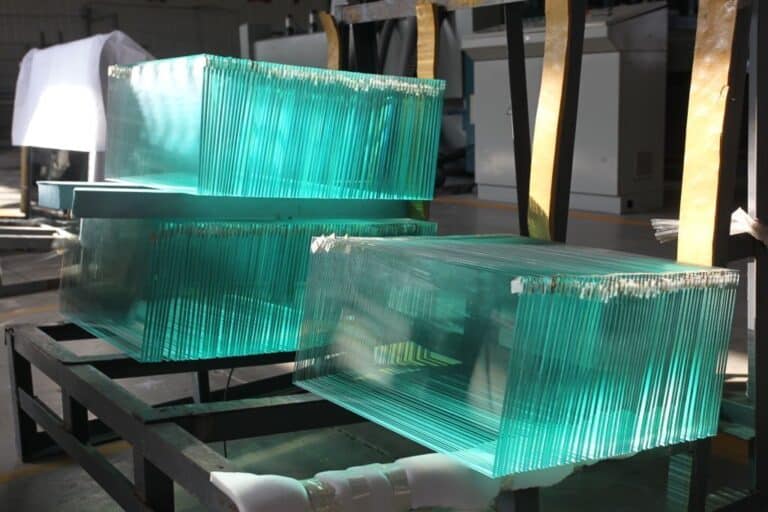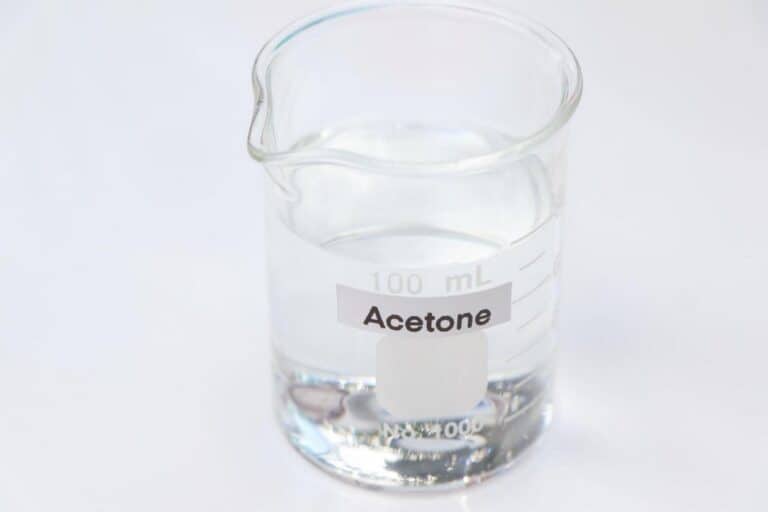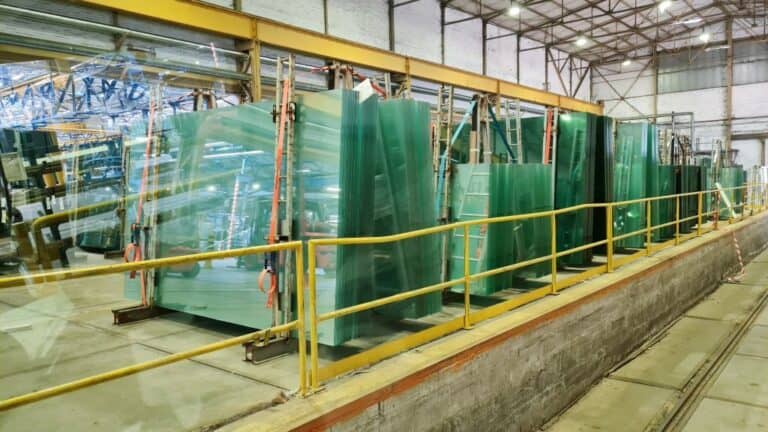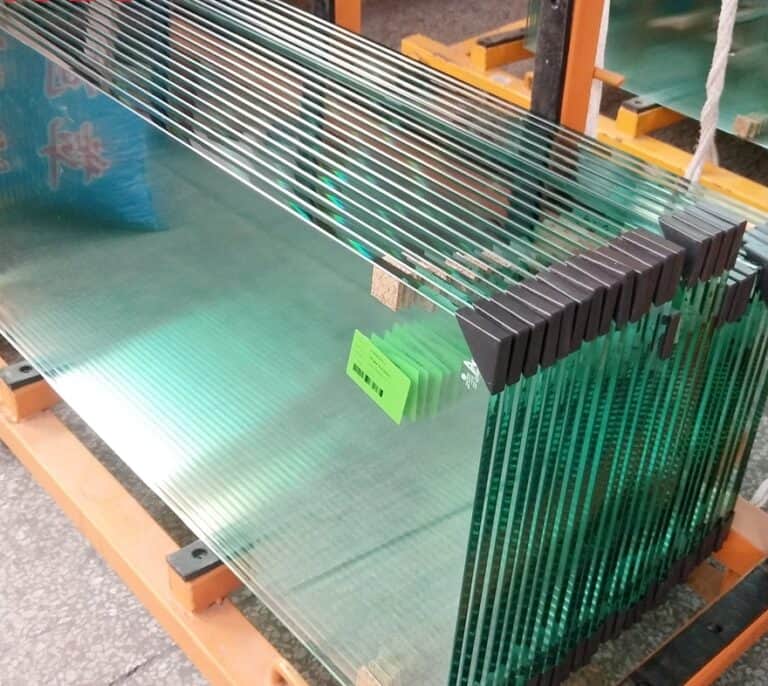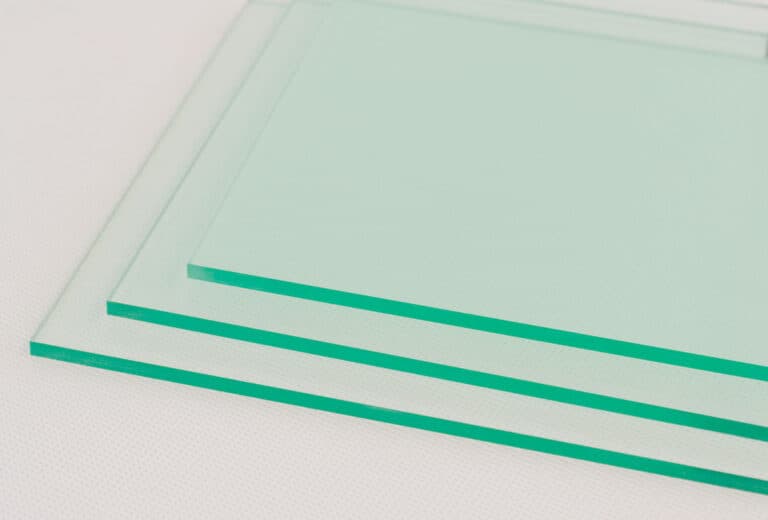Annealed Glass Breaking and Heat Resistance (Facts You Should Know)
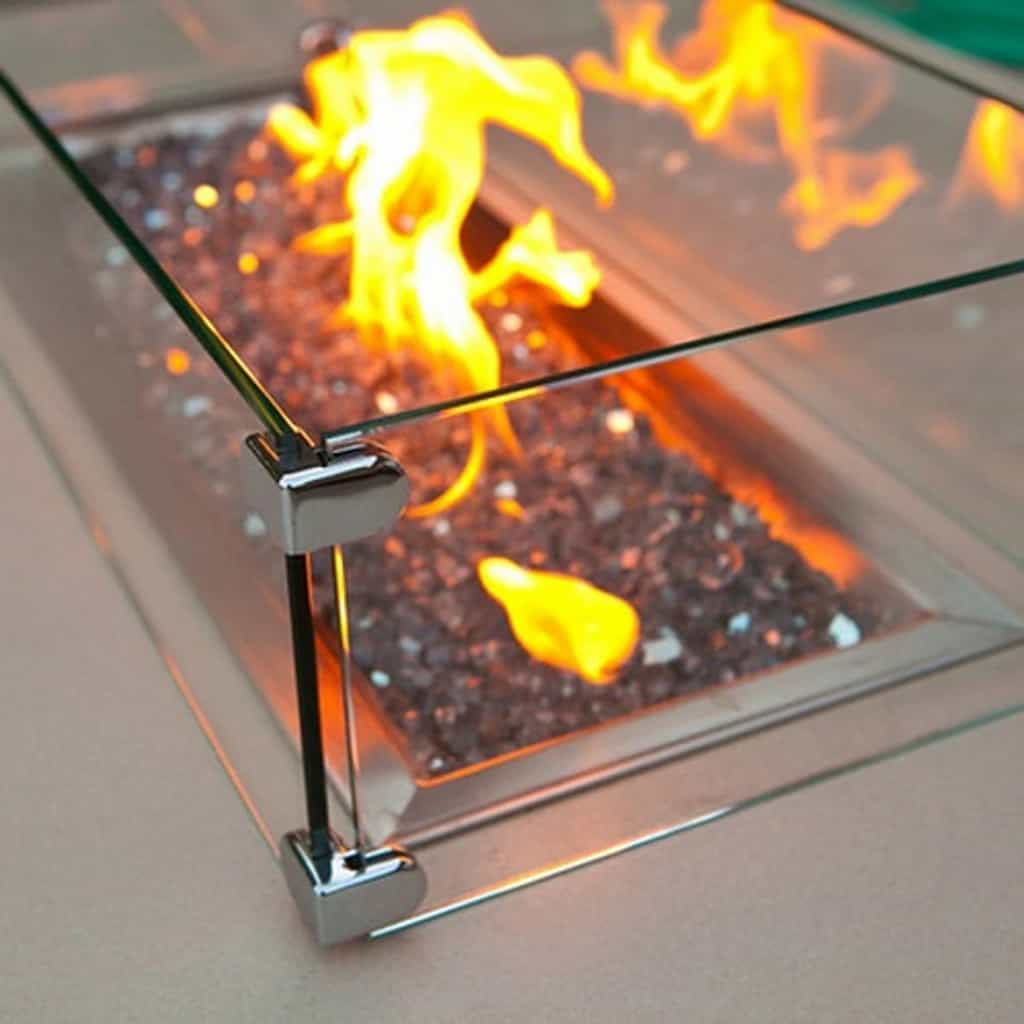
A material that has been used for centuries in various ways, glass is now an important part of many aspects of modern life. From windows to eyeglasses, glass is a versatile material with a variety of uses.
Glass is made from sand, soda ash and limestone, which are melted together at high temperatures. The molten mixture is then cooled and formed into sheets or other shapes. Glass can be clear or tinted, and it can be made into different thicknesses depending on its intended use.
One of the most common uses for glass is in windows. Homes, office buildings, and cars all have windows made from glass. Glass windows allow light to enter while still providing a barrier from the outside elements.
You may have heard about annealed glass. Annealed glass is a type of glass that has been heated to high temperatures and then cooled very slowly. Cooling slowly makes the glass less likely to break and stronger.
In this article, we will discuss annealed glass breaking and heat resistance. Not only that, you’ll learn about other aspects of these popular glasses: how to identify one, what are the advantages, and so on.
What Is Annealed Glass? How Is It Made?
What is annealed glass? Annealed glass is also known as basic float glass, because it is the first product formed from the first stage of the float process of glass manufacturing.
Annealing is the process of heating the glass to high temperatures, typically between 1,000 and 1,200 degrees Fahrenheit, and then cooling it very slowly. The slow cooling helps to relieve stress on the glass so that it becomes stronger and less likely to break.
This type of glass is widely applied in the production of a wide range of consumer glass items, including windows, doors, and other things that must be long-lasting and resistant to variations in temperature.
The Annealed Glass Manufacturing Process
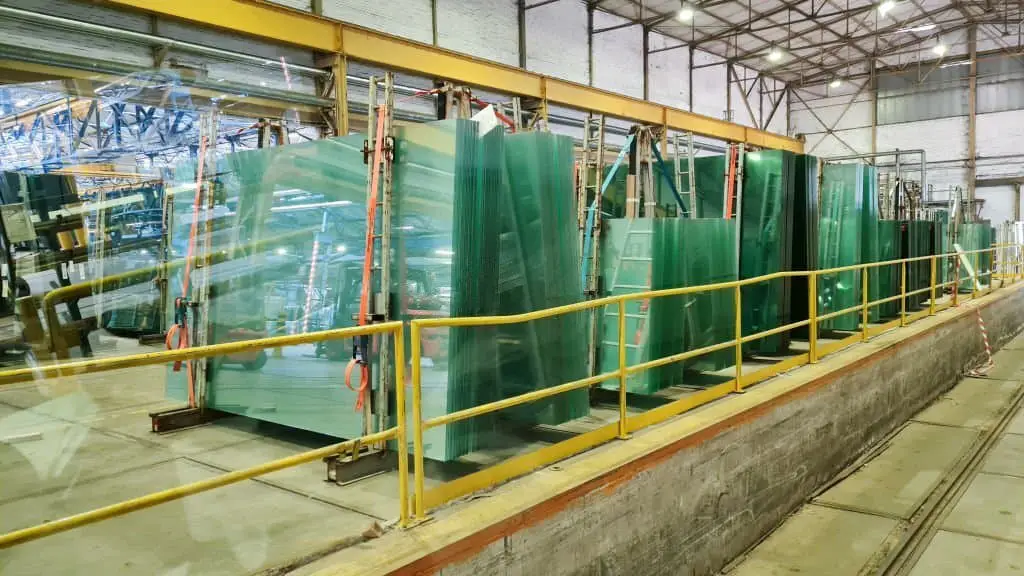
The manufacturing process for annealed glass is relatively simple, but there are a few key steps that must be followed in order to produce a high-quality product.
- First, the glass is heated to a very high temperature in order to soften it.
- Next, the glass is cooled slowly and evenly so that it will retain its strength.
- Finally, the glass is cut and polished to the desired shape and size.
Annealed Glass Properties
- The annealing process makes the glass stronger and more durable than un-annealed glass.
- With proper care and maintenance, it will last for many years.
- Annealed glass is also less likely to break if it is struck or bent.
- The surfaces of finished products are smooth.
- Annealed glass is also more flexible than other types of glass. Annealed glass can be cut, drilled, and shaped to meet the needs of any project.
- Ideal for use in situations where it might be subject to impact or changing temperatures.
How Can You Identify Annealed Glass?
Annealing is a critical step in the glassworking manufacturing process. But how can you know whether a glass piece has been annealed or not? Here are some indicators to watch out for:
Check the glass’s surface first. It’s a good indication that the glass has been annealed if it’s smooth and shiny. You won’t notice any chips or cracks in brand new annealed glass.
Next, pay particular attention to the glass’s edges. Another sign that the glass has undergone the annealing process is if it is smooth when you touch it. You won’t feel any texture or grip on the surface.
Last but not least, try tapping the glass with small objects or with your finger. If it makes a clear ringing sound, the glass has been annealed correctly and won’t break easily.
Does Annealing Boost GlassToughness?
When it comes to working with glass, the process of annealing is essential to ensuring the material’s strength. But does annealing actually result in an increase in glass strength and toughness?
By heating the glass and then cooling it slowly, the molecules within the glass have time to realign. This procedure reduces dislocation emission sources and increases material ductility by enhancing the resistance of grain boundaries to intergranular fractures.
This process increases the overall strength of the glass, making it less likely to break or shatter.
Annealed Glass Breaking and Durability
Even though annealed glass has been treated to make it more durable, it is still susceptible to breaking if it is not handled correctly.
There are a few things that you can do to prevent your annealed glass from breaking.
- First, always handle the glass with care. Annealed glass is not hardened, so it is possible to break. Try not to drop or bump it against hard surfaces.
- Second, when cleaning the glass, use gentle cleaners and avoid using anything abrasive.
- Third, if the glass is cracked or chipped, replace it immediately as these imperfections can cause the glass to break more easily.
- Annealed glass itself is heat resistance
By following these simple tips, you can help prevent your annealed glass from breaking.
Annealed Glass Heat Resistance
Annealed glass can withstand temperatures up to 40°C without breaking and shattering. If we compare it to heat-strengthened glass, it can withstand temperatures up to 130°C!
Annealed Glass Advantages
Compared to ordinary or tempered glass, annealed glass has several advantages. It is far less expensive. This type of glass often doesn’t require any additional production procedures.
Glass that has been annealed can be inexpensive. Annealed glass is significantly less costly than tempered glass or other options for projects with a limited budget.
This glass’s wide range of flexibility and diversity is another factor contributing to its popularity. It may therefore be shaped into any form and used for nearly any glass project.
Additionally, annealed glass may be shaped at any time. Annealed glass may be drilled, cut, and notched due to the fact that it is a more malleable type of glass.
Compared: Annealed Glass Vs. Tempered Glass
There are two types of glass: annealed and tempered. Both have their own advantages that make them good choices for different uses.
Here, we’ll take a look at the difference between annealed and tempered glass so you can decide which is right for your needs.
Annealed glass is created through a process of heating and cooling the glass to relieve stress and create a smooth surface. This type of glass is highly resistant to thermal breakage but is more vulnerable to mechanical damage.
Tempered glass, on the other hand, is treated with heat and chemicals to make it stronger and more durable. While it’s not as resistant to thermal breakage as annealed glass, it can withstand higher impact forces without shattering.
So, Which Type of Glass Is Right for You?
If safety is your top priority, tempered glass is the way to go. It’s much stronger than annealed glass and can withstand high temperatures without shattering. Tempered glass is also known as “explosion-proof” glass for its ability to resist sudden changes in temperature.
However, tempered glass comes with a few downsides. First, it’s more expensive than annealed glass. Second, because it’s so strong, it’s also more difficult to cut and shape. And third, it’s not as clear as annealed glass. If you are looking to get the best of both worlds, tempered glass can be combined with annealed glass.
Some Common Applications for Annealed Glass
Annealed glass is used in a variety of applications, including windows, doors, skylights, and shower doors.
It is often used in windows, doors, skylights, and shower doors. Annealed glass is less likely to break than regular glass, and it can be cut and shaped into different sizes and shapes. So there are many possible applications that can be filled by annealed glass.
Annealed Glass for Fabrication and Projects
However, because practically all glass used in construction, including shop display cases, windows, and office walls, must be safety glass, annealed glass is tempered in the last phases of production. The outcome is tempered safety glass tailored to your project’s specifications.

